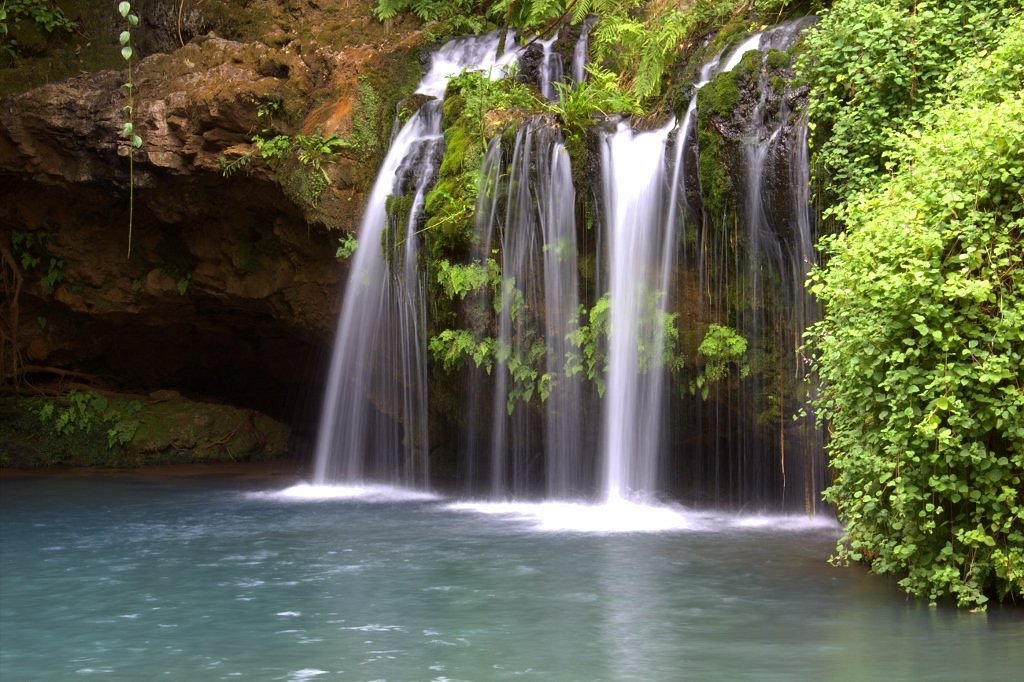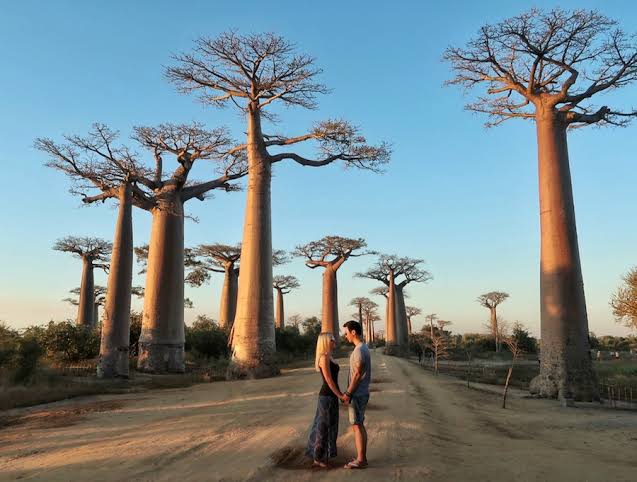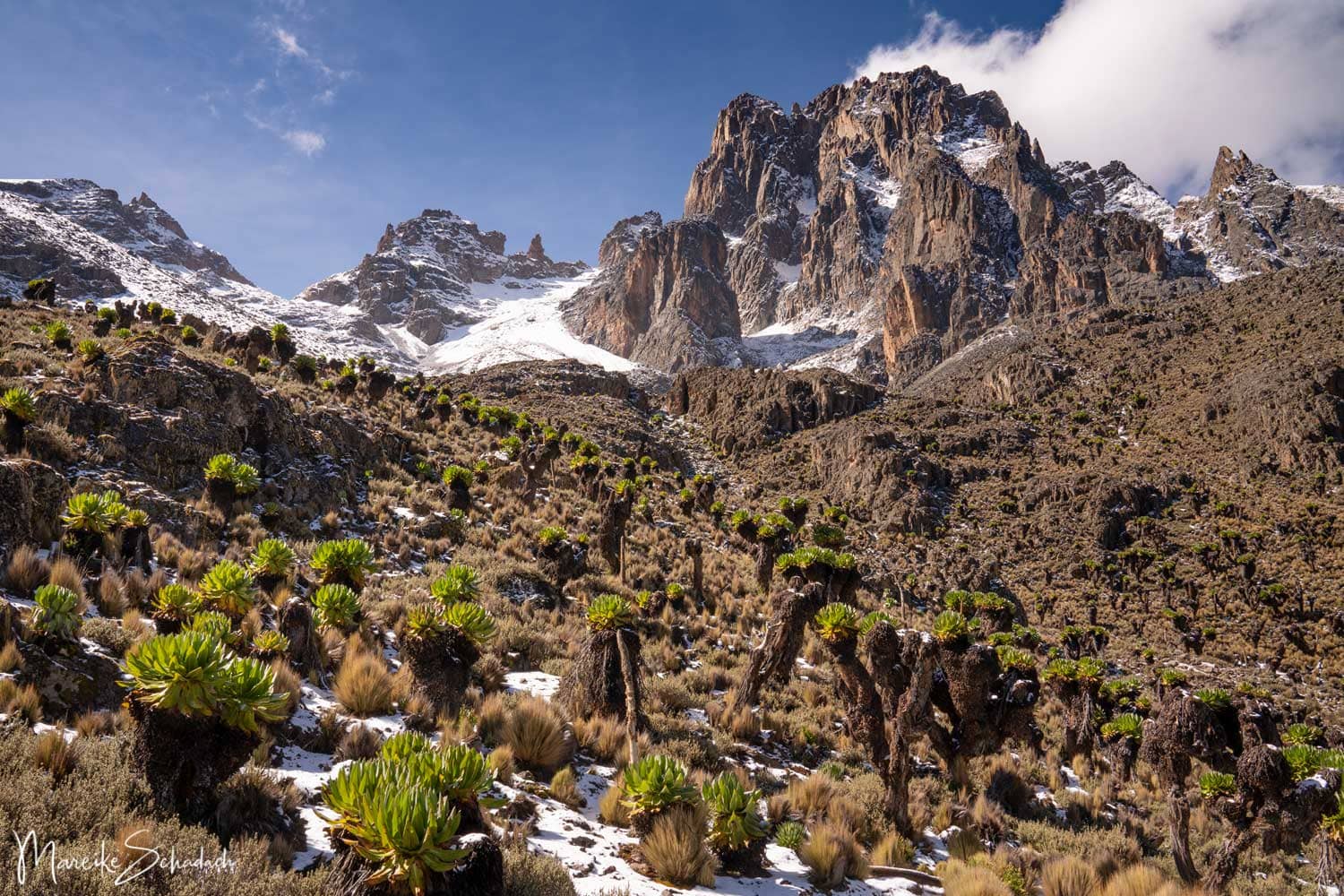"Welcome to paradise," said Karim as our jeep rounded the final bend. Below us stretched the Hunza Valley, a green ribbon of terraced fields threading between snow-capped giants that pierce the sky at over 7,000 meters. This is Pakistan's Shangri-La – the valley that inspired James Hilton's Lost Horizon and continues to enchant every traveler who discovers it.
The Valley That Time Forgot
Nestled in the Karakoram Range, the Hunza Valley represents one of the world's last truly magical places. Here, ancient Silk Road traditions blend with stunning mountain landscapes, creating experiences impossible to find elsewhere. The valley stretches 100 kilometers through some of Earth's most dramatic terrain, surrounded by peaks including Rakaposhi (7,788m), Ultar Sar (7,388m), and distant views of Nanga Parbat (8,126m).
The Hunza River carves through this high-altitude paradise, creating fertile oases where apricot orchards bloom against backdrops of glaciated peaks. This juxtaposition – lush agriculture at 2,400 meters elevation surrounded by some of the world's highest mountains – creates landscapes that challenge perception and inspire wonder.
Karimabad: The Heart of Hunza
Karimabad serves as the valley's main town and cultural center. Perched on terraced slopes overlooking the Hunza River, this former capital of the Hunza State preserves centuries of history while adapting to modern mountain tourism.
Baltit Fort, a 700-year-old fortress, dominates Karimabad's skyline. This UNESCO-restored palace showcases traditional Balti architecture with wooden galleries, intricate carvings, and commanding views across the valley. The fort museum displays artifacts from the former Hunza Kingdom, including royal possessions, traditional crafts, and historical photographs documenting the valley's transformation.
Altit Fort, older than Baltit, sits dramatically on a cliff edge offering even more spectacular valley views. This 11th-century stronghold has been carefully restored to show traditional construction techniques using local stone, wood, and mud-brick. The fort's terraced gardens feature heritage fruit varieties and traditional irrigation systems still used throughout the valley.
Karimabad's bazaar reflects the valley's Silk Road heritage with shops selling traditional crafts, gemstones, dried fruits, and handwoven textiles. Local artisans continue centuries-old traditions creating intricate carpets, embroidered caps, and jewelry using techniques passed down through generations.
The Hunza People: Hospitality Legendary
The Hunzakuts (Hunza people) have earned worldwide recognition for their extraordinary hospitality, longevity, and cultural preservation. Visitors consistently report that Hunza hospitality surpasses anywhere else in their travels – a remarkable achievement in a region known for warm welcomes.
Language and Culture: The Hunza people speak Burushaski, a language isolate unrelated to any other known language. This linguistic uniqueness reflects the valley's historical isolation and cultural distinctiveness. Most residents also speak Urdu and increasingly English, facilitating cultural exchange with visitors.
Traditional Architecture: Hunza homes feature distinctive flat roofs, thick stone walls, and wooden balconies designed for the high-altitude environment. Traditional construction uses no nails or modern materials, relying instead on interlocking wooden joints and stone foundations that have withstood centuries of earthquakes.
Agricultural Traditions: The valley's terraced agriculture represents one of the world's most sophisticated mountain farming systems. Ancient irrigation channels called "kuhls" distribute glacial meltwater across precisely engineered terraces, supporting crops from apricots and apples to wheat and barley at extreme altitude.
Festivals and Celebrations: Traditional festivals including Navroz (spring celebration) and harvest festivals provide opportunities to experience authentic Hunza culture. These events feature traditional music, dancing, and communal feasts showcasing local cuisine and social customs.
Seasonal Transformations
Hunza Valley offers dramatically different experiences throughout the year, each season revealing new aspects of this mountain paradise.
Spring (March-May): The valley's most famous season when over 2 million apricot trees bloom simultaneously, creating a pink and white carpet against snow-capped peaks. This spectacle attracts photographers worldwide and represents Hunza's most iconic imagery. Temperatures are mild (15-25°C), and clear weather provides excellent mountain visibility.
Summer (June-August): Peak tourism season offers warm weather (20-35°C), accessible hiking trails, and the famous Shandur Polo Festival. However, this period also brings crowds and higher accommodation prices. The contrast between lush green valleys and snow-covered peaks reaches its maximum during summer months.
Autumn (September-November): Many consider autumn Hunza's most beautiful season. Deciduous trees turn brilliant gold and red, creating spectacular color contrasts. Weather remains pleasant (10-25°C), crowds diminish, and harvest festivals showcase local culture. Autumn also offers the clearest mountain views with minimal atmospheric haze.
Winter (December-February): The valley's secret season when snow transforms Hunza into a winter wonderland. While some facilities close and mountain passes become inaccessible, winter visitors experience authentic local life and stunning snow-mountain landscapes. Traditional heating systems and local hospitality create cozy experiences amid dramatic winter scenery.
Adventure Activities
Trekking Paradise: Hunza serves as the gateway to some of the world's most spectacular mountain treks. The Rakaposhi Base Camp trek (3-4 days) offers close-up views of this massive peak through relatively accessible terrain. Ultar Meadows provides a challenging day hike to alpine pastures with panoramic valley views.
For serious trekkers, Hunza connects to legendary routes including the Biafo Glacier trek, Snow Lake expedition, and approaches to K2 Base Camp. These extended expeditions require permits, guides, and serious mountain experience but offer access to some of Earth's most remote and spectacular landscapes.
Rock Climbing: The valley features excellent rock climbing on solid granite with routes ranging from beginner-friendly cragging to serious big-wall adventures. Local climbing guides provide equipment and expertise for all skill levels.
Mountain Biking: The Karakoram Highway and valley roads offer spectacular mountain biking with varying difficulty levels. Day rides explore side valleys and traditional villages, while extended expeditions can continue toward the Chinese border or connect with other Karakoram valleys.
Photography Expeditions: Hunza provides endless photographic opportunities from intimate village scenes to grand landscape vistas. The interplay of agriculture, traditional architecture, and massive mountains creates compositions impossible to find elsewhere.
Practical Information
Getting There: Most visitors fly to Gilgit then drive 2 hours to Karimabad via the spectacular Karakoram Highway. The road journey offers stunning scenery but can be challenging during winter months. Some adventurous travelers drive the complete Karakoram Highway from Islamabad (12-15 hours) for the full scenic experience.
Accommodation: Options range from budget guesthouses ($8-15/night) to upscale hotels ($40-80/night). Many accommodations are family-run, providing authentic cultural experiences along with comfortable lodging. Traditional Hunza homes converted to guesthouses offer the most immersive experiences.
Food and Dining: Hunza cuisine reflects Central Asian, Chinese, and South Asian influences. Local specialties include chapshoro (meat pastry), harissa (wheat porridge), and various dried fruit preparations. Fresh apricots, walnuts, and mulberries provide healthy snacks, while traditional breads accompany most meals.
Health Considerations: The valley's altitude (2,400m) may cause mild altitude sickness for some visitors. Gradual acclimatization and adequate hydration help prevent problems. The famous Hunza longevity may be partly attributed to the clean mountain environment, active lifestyle, and nutritious local diet rich in antioxidants.
Cultural Sensitivity: Hunza society is relatively liberal compared to other Pakistani regions, but visitors should still dress modestly and respect local customs. Photography of people requires permission, and many locals appreciate receiving printed photos from later visits.
The Gemstone Trail
Hunza sits at the center of Pakistan's gemstone region, producing some of the world's finest emeralds, rubies, and tourmalines. Local mines in nearby valleys yield spectacular specimens, and Karimabad shops offer opportunities to purchase directly from miners and cutters.
Gemstone Education: Local dealers provide informal education about gemstone identification, cutting techniques, and valuation. This knowledge helps visitors understand the geological processes that create these treasures in the high-altitude environment.
Responsible Purchasing: Supporting local gemstone dealers benefits mountain communities while providing visitors with unique souvenirs. However, buyers should research fair pricing and authenticity verification before making significant purchases.
Environmental Conservation
The Hunza Valley faces environmental pressures from climate change, tourism growth, and modernization. Local communities and international organizations collaborate on conservation initiatives protecting both natural and cultural heritage.
Climate Change Impacts: Changing precipitation patterns affect traditional agriculture and water supplies. Some glaciers show retreat, potentially impacting long-term water availability for irrigation and household use.
Sustainable Tourism: Responsible tourism practices help preserve Hunza's environment and culture while providing economic benefits. Choosing local guides, supporting family-run businesses, and minimizing environmental impact contribute to sustainable development.
Community Initiatives: Local organizations work to preserve traditional crafts, agricultural techniques, and cultural practices while adapting to modern realities. Visitors can support these efforts through cultural tourism and direct purchases from artisans.
Photography and Documentation
Hunza Valley offers world-class photographic opportunities requiring consideration of technical and cultural aspects.
Technical Considerations: High altitude creates intense UV radiation requiring appropriate filters and exposure compensation. Extreme contrast between snow-covered peaks and dark valleys challenges camera dynamic range. Early morning and late afternoon provide the most dramatic lighting conditions.
Cultural Photography: Always request permission before photographing people, and consider offering to share printed photos. Traditional festivals and daily life provide authentic cultural documentation opportunities, but respect for privacy remains paramount.
Landscape Photography: The valley's dramatic scale requires careful composition to convey the massive mountain presence. Including human elements or traditional architecture helps establish scale and cultural context in landscape images.
Best Time to Visit
Each season offers unique advantages, but specific timing depends on individual priorities:
For Apricot Blossoms: Mid-March to early April provides peak bloom with moderate crowds For Trekking: June through September offers accessible mountain trails and stable weather For Photography: Late September to early October provides autumn colors with excellent visibility For Cultural Immersion: Winter months offer authentic local experiences with minimal tourism
Regional Connections
Hunza Valley serves as an excellent base for exploring the broader Gilgit-Baltistan region. Skardu and the Baltoro Glacier system lie to the southeast, while Chitral and the Hindu Kush extend to the west. The Karakoram Highway continues north toward China, offering opportunities for extended regional exploration.
Final Reflections
The Hunza Valley proves that paradise isn't just a fictional concept – it exists in this remarkable corner of Pakistan where hospitality, natural beauty, and cultural richness combine to create experiences that transform every visitor.
This isn't tourism in the conventional sense; it's immersion in a way of life that has preserved the best of traditional mountain culture while selectively embracing beneficial modern developments. The result is a destination that offers both adventure and serenity, challenge and comfort, exotic experiences and genuine human connection.
As Karim told me during my final sunset in the valley, "Hunza changes everyone who comes here. You arrive as a tourist and leave as family. The mountains teach you about scale and humility, but our people teach you about what really matters in life."
The Hunza Valley reminds us that the most profound travel experiences occur when stunning natural beauty meets extraordinary human warmth, creating memories that last lifetimes and perspectives that endure long after the journey home.



